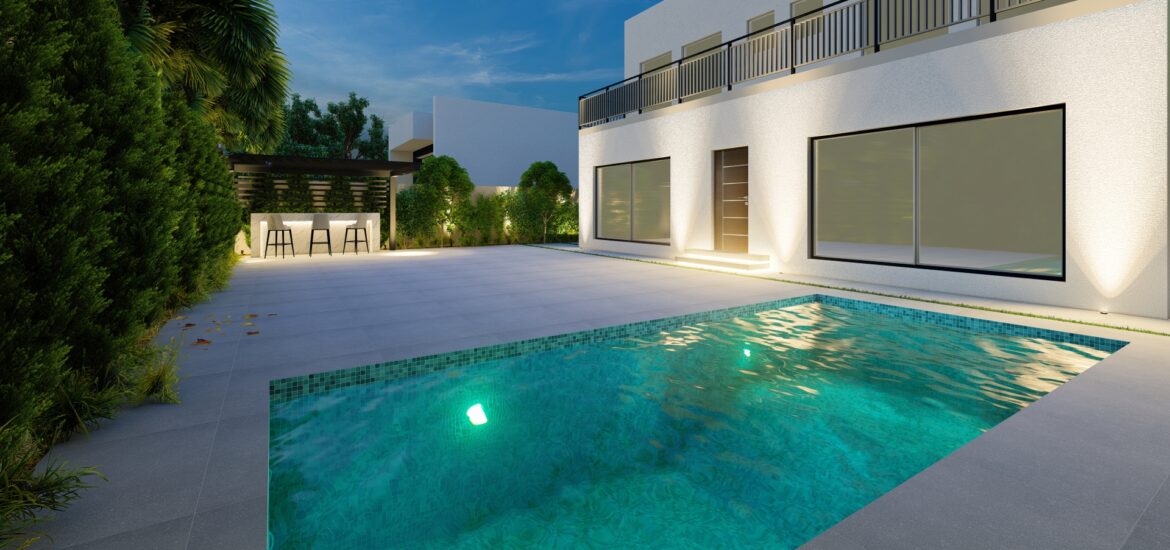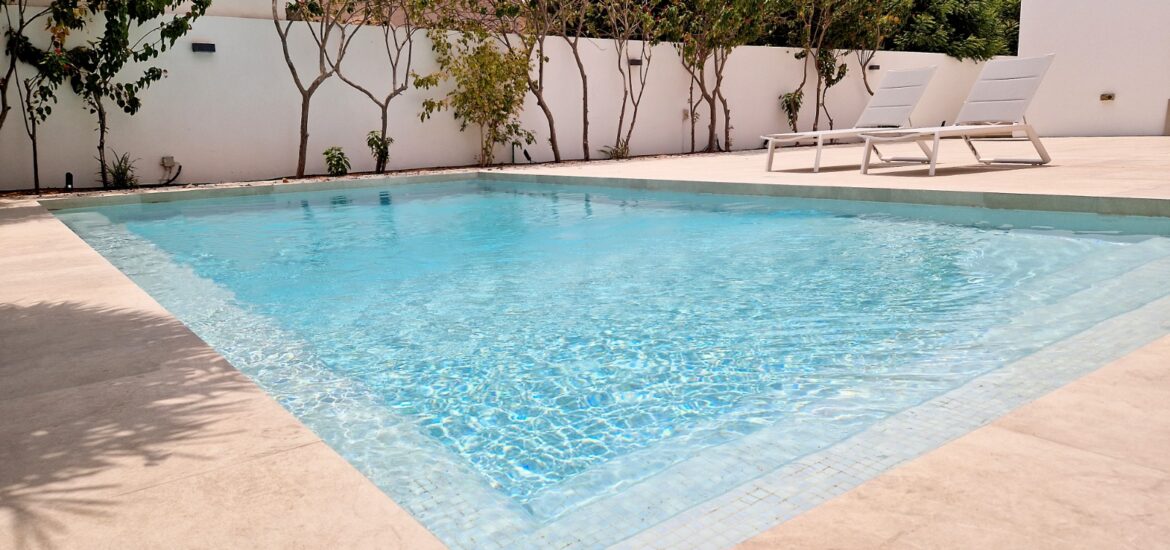Safety First:
Prioritize safety for yourself and others when dealing with a flooded pool area. Avoid entering the water if there is a risk of electric shock from submerged electrical equipment. Turn off all power to the pool and surrounding areas if flooding is imminent or has already occurred.
Monitor Water Level:
Keep an eye on the water level in your pool as floodwaters rise. Excessive flooding can cause the pool to overflow, leading to damage to surrounding structures and equipment. Use a submersible pump to remove excess water and prevent flooding if necessary.
Secure Pool Equipment:
Take steps to protect pool equipment, such as pumps, filters, and heaters, from flood damage. If possible, elevate equipment above the expected flood level or move it to a higher location. Secure loose equipment to prevent it from being swept away by floodwaters.
Chemical Balance:
Maintain the chemical balance of your pool water during and after a flood to prevent contamination and ensure water quality. Test the water regularly and adjust chemical levels as needed to maintain proper balance. Shock the pool with chlorine to kill bacteria and algae that may be introduced by floodwaters.
Inspect Pool Structure:
After the floodwaters recede, inspect the pool structure for any signs of damage or erosion. Look for cracks, leaks, or shifting in the pool’s foundation that may compromise its integrity. Address any issues promptly to prevent further damage and ensure the safety of the pool.
Clean and Disinfect:
Thoroughly clean and disinfect the pool and surrounding area after the floodwaters have subsided. Remove debris, sediment, and other contaminants from the pool using a pool skimmer or vacuum. Scrub the pool walls and floor with a brush and pool cleaner to remove any residue or algae growth.
Check Filtration System:
Inspect the pool’s filtration system for any clogs or damage caused by flood debris. Clean or replace the filter media as needed to ensure proper filtration and circulation of the water. Check for any damage to the pump or piping and repair or replace components as necessary.
Restore Landscaping:
Assess the damage to landscaping around the pool area and take steps to restore it after the flood. Remove debris, mud, and silt from gardens, flower beds, and hardscape surfaces. Replant or replace damaged vegetation and repair any landscaping features that may have been affected.
Test Water Quality:
Once the pool has been cleaned and restored, test the water quality to ensure it meets safety standards for swimming. Use a pool water testing kit to measure pH, chlorine levels, alkalinity, and other parameters. Make adjustments as needed to achieve optimal water quality.
Regular Maintenance:
Implement a regular maintenance schedule to keep your pool in top condition following the flood. Monitor water levels, test chemical balance, and inspect equipment regularly to prevent further issues and ensure the long-term integrity of your pool.
By following these steps, you can effectively maintain your swimming pool during a flood and minimize damage to the pool and surrounding area. Proactive measures, thorough cleaning, and regular Swimming Pool Maintenance will help restore the pool to its pre-flood condition and provide a safe and enjoyable swimming environment for years to come.





